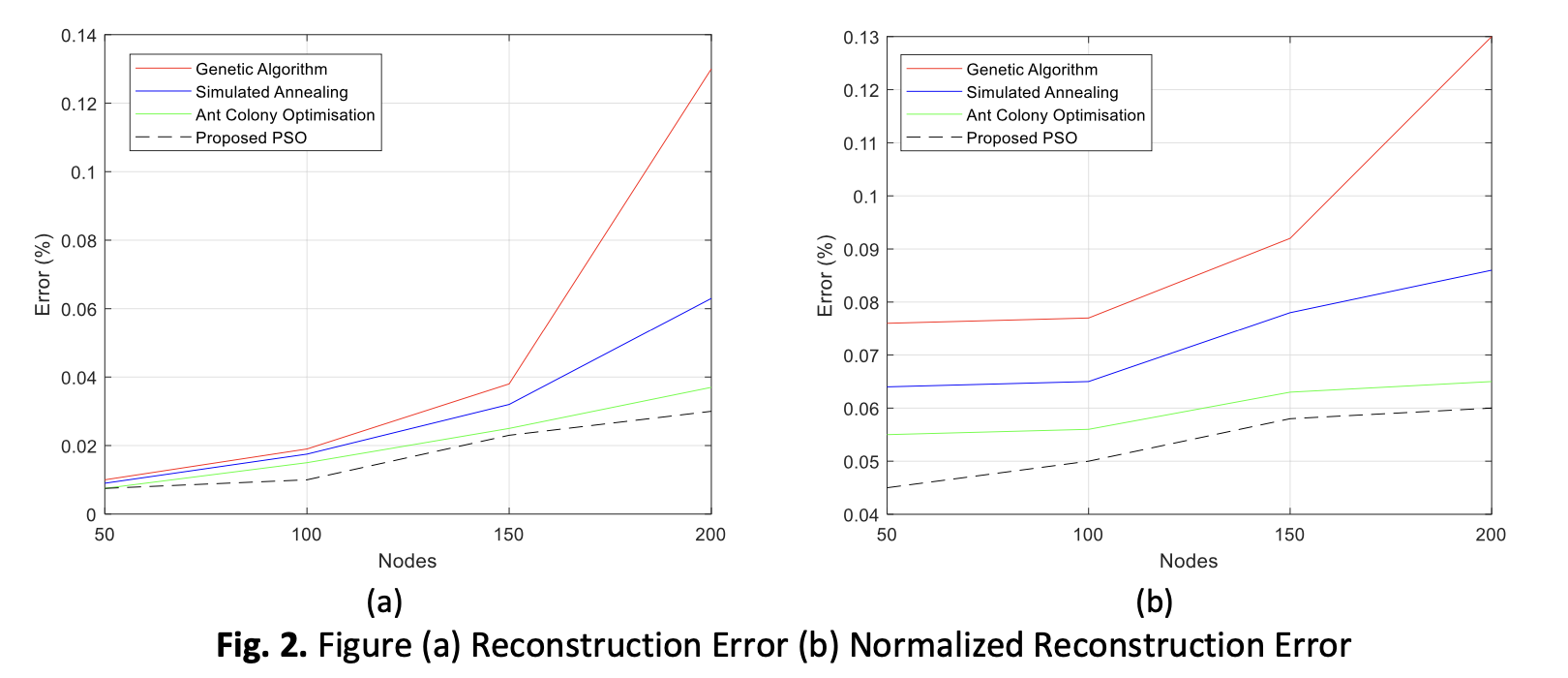Fabrication of PDMS Microchannel using Stereolithography (SLA) 3D-Printer Mold
DOI:
https://doi.org/10.37934/aram.108.1.5665Keywords:
Poly (Dimethylsiloxane), Sodium Chloride, 3D-Printer Mold, Stereolithography (SLA), electric fieldAbstract
Microfluidic systems have captured the attention of both the scientific and industrial communities, focus on applications in medicine and pharmaceuticals. Conventionally, the fabrication of microchannels within MEMS (Micro-Electro-Mechanical Systems) has heavily relied on the SU-8 mold. However, the cost of SU-8mold equipment, combine with the complicated and time-consuming fabrication process has trigged the research of the alternatives. This paper demonstrates a low-cost, simple, and easy fabrication of PDMS microchannel using a 3D-printer mold as the substitute for the conventional SU-8 mold. In this study, the process of fabricating PDMS microchannel using an SLA 3D-printer mold is highlighted. The fabrication starts with the combination of PDMS solution and the bonding agent and cured by heating process to form PDMS microchannel. The significance of pre-heated mold before pouring PDMS into the mold is highlight in this paper due to creation of bubbles in cured microchannel PDMS when using an unheated mold. Experimental findings point to the optimum temperature for curing the PDMS is at 65°C to get a good PDMS microchannel structure for bonding with the glass substrate. The practical utility of the PDMS microchannel is examined by varying the voltage from 1.2 V – 2 V for different concentrations of NaCl solution. The NaCl solution is successfully diffused from point A to point B for a length of 120 µm. Finally, the PDMS microchannel is successfully fabricated using an Stereolithography (SLA) 3D-printer mold and the functionality of the PDMS microchannel is validated for diffusing fluid through this system. This approach can be applied for various applications, e.g., a drug delivery system and a Lab-on-Chip system.
Downloads


























